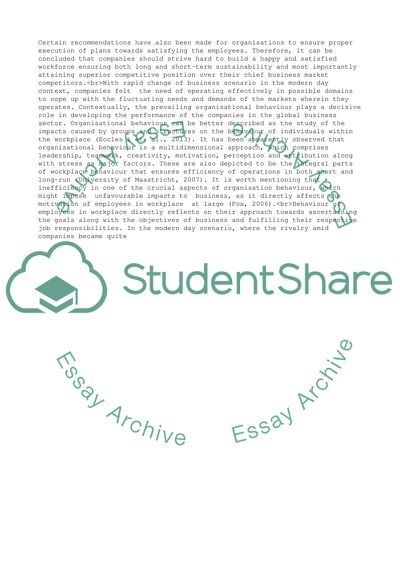Cite this document
(Critically appraise how organisations strive to build a happy Essay, n.d.)
Critically appraise how organisations strive to build a happy Essay. https://studentshare.org/human-resources/1814389-critically-appraise-how-organisations-strive-to-build-a-happy-workforce
Critically appraise how organisations strive to build a happy Essay. https://studentshare.org/human-resources/1814389-critically-appraise-how-organisations-strive-to-build-a-happy-workforce
(Critically Appraise How Organisations Strive to Build a Happy Essay)
Critically Appraise How Organisations Strive to Build a Happy Essay. https://studentshare.org/human-resources/1814389-critically-appraise-how-organisations-strive-to-build-a-happy-workforce.
Critically Appraise How Organisations Strive to Build a Happy Essay. https://studentshare.org/human-resources/1814389-critically-appraise-how-organisations-strive-to-build-a-happy-workforce.
“Critically Appraise How Organisations Strive to Build a Happy Essay”. https://studentshare.org/human-resources/1814389-critically-appraise-how-organisations-strive-to-build-a-happy-workforce.


